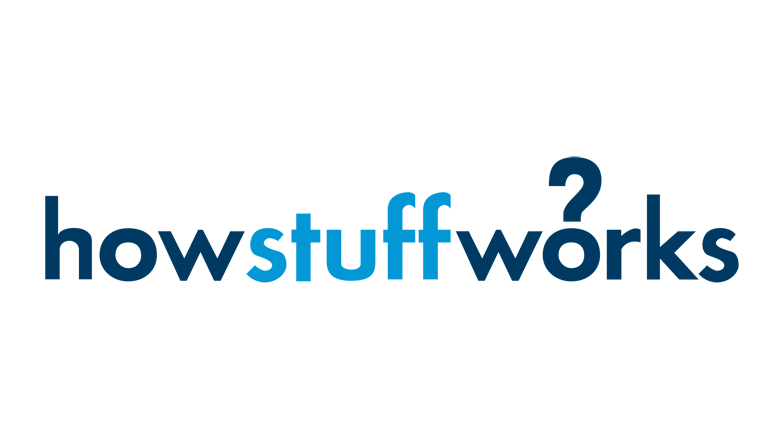
How 17 Equals 49.6: The Amazing Multiplying Women
When a group of society has long been underrepresented, an increase in representation, no matter how small, can be perceived inaccurately as an onslaught.

When a group of society has long been underrepresented, an increase in representation, no matter how small, can be perceived inaccurately as an onslaught.
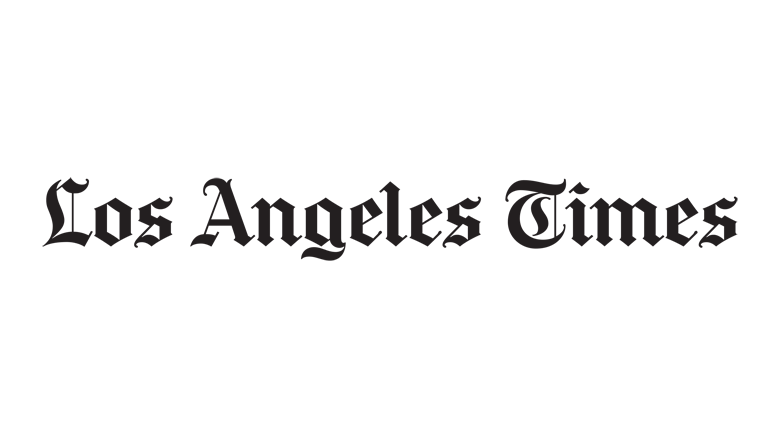
This fall 4,852 freshmen are expected to enroll at UCLA, but only 96, or 2%, are African American — the lowest figure in decades and a growing concern at the Westwood campus.
For several years, students, professors and administrators at UCLA have watched with discouragement as the numbers of black students declined. But the new figures, released this week, have shocked many on campus and prompted school leaders to declare the situation a crisis.
https://www.latimes.com/archives/la-xpm-2006-jun-03-me-ucla3-story.html
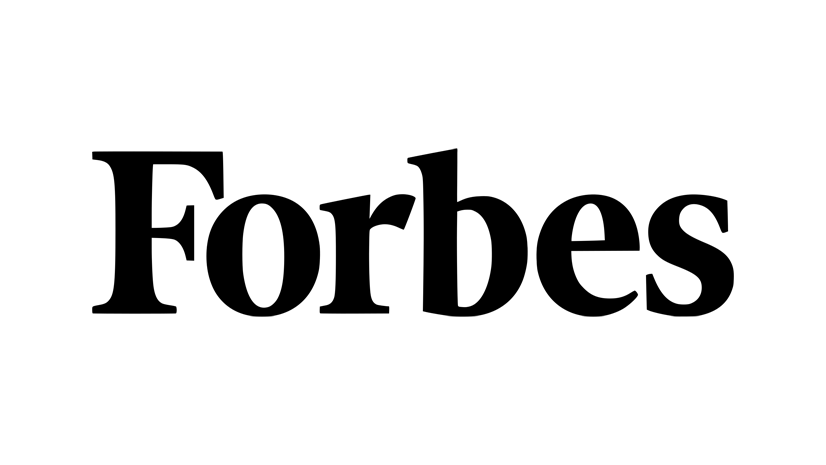
The amount of women and underrepresented racial and ethnic groups sitting on the boards of Fortune 500 companies increased to its highest ever percentage, 44.7%—up from 38% in 2020—but minority women still only hold 7.8% of seats and progress has slowed for Latinos specifically, according to a report from Deloitte, which classified the improvements as “uneven progress.”
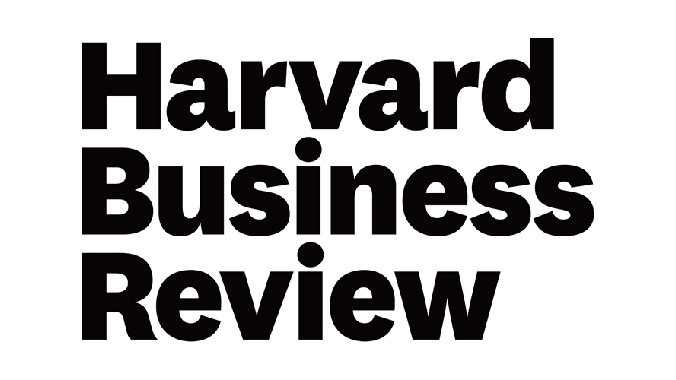
Originally, ageism was understood to be prejudice, stereotypes, and discriminatory behavior targeted at older employees. But with an increasingly diverse and multigenerational workforce, age bias now occurs across the career life cycle — especially for women. “Youngism” refers to ageism toward younger adults, fueled by the conflation of age with maturity and the misperception that tenure is required for competency. Even middle-aged women are feeling the effects of age bias.
Age diversity in the workplace yields better organizational performance while perceived age discrimination creates lower job satisfaction and engagement. The good news is that there are practical steps for leaders to combat this never-right gendered age bias. First, recognize ageism in your organization; you can’t fix a problem that isn’t there. Next, with your employees, address “lookism,” and focus on skills, no matter who has them. Finally, cultivate creative collaborations to encourage learning across age groups.
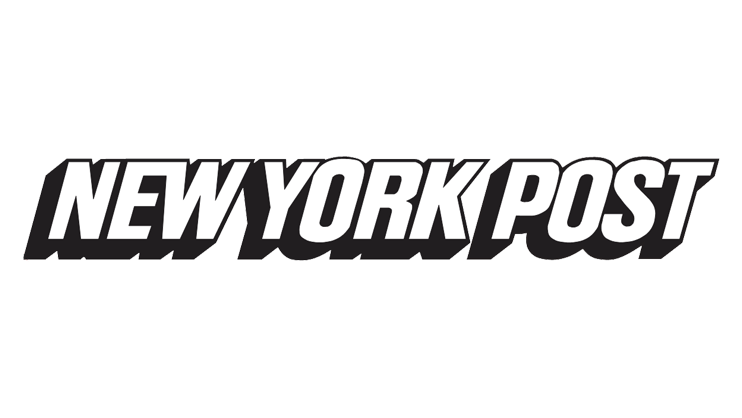
Stuyvesant High School in New York has become one of the first of its kind in the entire nation to provide comprehensive financial literacy classes for its students. The move could not come soon enough for America’s money-challenged young people.
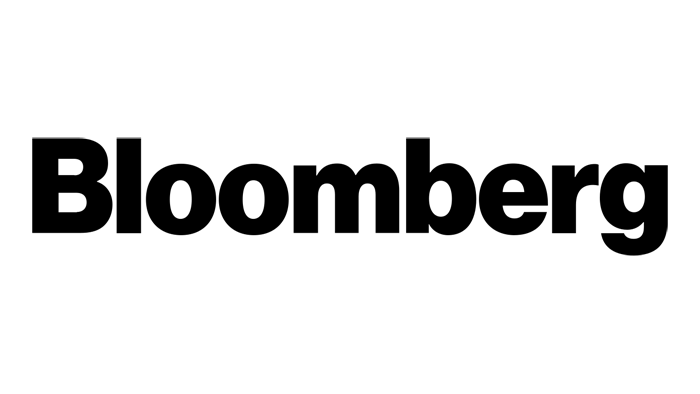
Testimonies from 40 women across banking, insurance and asset management in Britain describe diversity and inclusion initiatives as often “tokenistic,” and lacking the “teeth” to make a change in an industry where misogynistic attitudes linger. The summary of a private roundtable with lawmakers was released.
https://www.bloomberg.com/news/articles/2024-01-17/women-in-finance-criticize-city-of-london-s-tokenistic-diversity-efforts